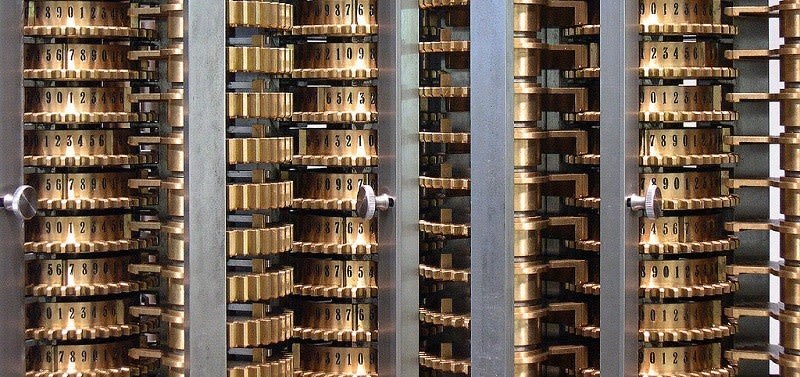Inventions of the 1820s
Follow articleHow do you feel about this article? Help us to provide better content for you.
Thank you! Your feedback has been received.
There was a problem submitting your feedback, please try again later.
What do you think of this article?
In my first article about the new decade, I looked at how the innovations of the 1920s have helped shape the 2020s. In this article, we’ll look even further back to the 1820s to see if technology has been influenced by inventions from 200 years ago.
At first glance, it might seem unlikely that the 1820s might have impacted the electronics industry in the 21st century. The start of the decade was a mere 5 years after the defeat of Napoleon in 1815. The world was still adjusting to the aftermath left behind by social upheaval, from the Revolution in France to the War of 1812, the last time that Britain and the USA found themselves at war with each other. However, by 1820, the Industrial Revolution was in full swing and the following decade had some surprises in store.
Electromagnets
A diagram of Sturgeon's Electromagnet
The link between electricity and magnetism was understood by the 1800s. Although the exact nature of the interaction was not deciphered clearly until later in the 19th Century, the first electromagnet was demonstrated by British inventor William Sturgeon in 1824. Whilst crude by modern standards, it is hard to overstate the importance of electromagnets in today’s world. The list of applications that depend on this technology is so long that I won’t bore you with it here, but I will simply say this – the electric vehicles that will become so important in the next decade would be inconceivable without electric motors and the electromagnets they contain.
Pattern-Copying Lathe
Another innovation of the 1820s played a huge part in the Industrial Revolution and has influenced modern machinery. A lathe is a tool that allows a worker to create a shape, often in wood or metal. At its simplest, a lathe spins a piece of the base material and allows a worker to shape it with hand tools. However, the lathe in this form depends on a craftsman who creates one piece at a time. To create two identical pieces on a lathe of this type takes considerable skill, and certainly does not lend itself to mass production.
A Pattern-Copying Lathe in action. Source: Canada Science and Technology Museum
A huge step forward came into use in the 1820s in the form of the pattern-copying lathe, invented by American engineer Thomas Blanchard. This tool uses a master example of the part to be made and creates an exact match. As with many innovations, the pattern-copying lathe was originally created with a military application: to create identical gun stocks from wood, allowing the rapid manufacture of rifles and muskets for the army. Later in the 19th Century, the same technology was used to create shoe forms called lasts, paving the way for standardized shoe sizes.
The pattern-copying lathe has relevance for modern industry, which needs huge quantities of identical components for mass production. For someone who has spent his whole career in the connector marketplace, it is impossible to think about industrial and military connectors without screw machined parts. Today’s machines are almost all computer-controlled, but the fundamental technology would be very familiar to Mr Blanchard.
The Father of Modern Computing
The mention of computers brings us to possibly the most remarkable development of the 1820s. Less than 10 years after the battle of Waterloo, inventor Charles Babbage completed his first mechanical computer, the Difference Engine. A hand-cranked calculating machine, its creation is even more remarkable when you consider that it requires large numbers of standardized components, and as we have seen, the idea of mass production was still very much in its infancy.
Closeup of Babbage's Difference Engine. Image: Carsten Ullrich. Licence: CC BY-SA 4.0
The genius of Babbage allowed him to develop the difference engine into the idea of a programmable computer, the Analytical Engine. Although it wasn’t until 1943 that the first general-purpose computer was created, Babbage can easily lay claim to being the father of modern computing.
The legacy of the 1820s and its impact on modern technology may be surprising after two centuries, but the shadows of 200-year-old developments can still be seen clearly. I am not tempted to look even further back – it is hard to imagine what the 1720s can tell us about modern electronics, but I am happy if you want to explore yourself. Nor will I make any comments about the 2120s and what the developments they might hold. Technological predictions are notoriously easy to get very wrong, and it takes a courageous person to try.
I am just not that brave!



